Flash photography is a skill. It is more than just pointing your phone’s camera at something and then snapping a photo. This is because while our smartphones have flash units that have improved leaps and bounds massively since they were first introduced, they’re still not necessarily that great.
This is because unlike proper flash units that can be angled and diffused, the flash units on our phones are direct and harsh. If you’re trying to create that effect, that’s fine, but otherwise, flash can sometimes ruin a photo and in cases more often than not, it can give your subject the dreaded red-eye effect.
Best Android phone for taking photos
So the question is, how do you take photos in low-light situations without flash? It’s actually quite simple and with a few tweaks, you can coax out better-looking photos in the dark without having to use flash.
How to use your smartphone’s manual mode
A lot of smartphones these days come with native camera apps that offer up a manual mode. With manual mode, it gives users more control over their phone’s cameras and individual settings in order to get the shot that they want, and here are some of the changes you can make to improve photos in low-light scenarios without having to use flash.
 Exposure compensation, also referred to as EV, basically lets you adjust how much light is let into the sensor. Camera apps in auto mode attempt to measure this by default, but sometimes it isn’t always ideal. Sometimes it might let more light in than you like, or sometimes it might be too dark.
Exposure compensation, also referred to as EV, basically lets you adjust how much light is let into the sensor. Camera apps in auto mode attempt to measure this by default, but sometimes it isn’t always ideal. Sometimes it might let more light in than you like, or sometimes it might be too dark.
Manually tweaking the EV values can help boost the light in your photos, where bumping it to a higher value will result in brighter images.


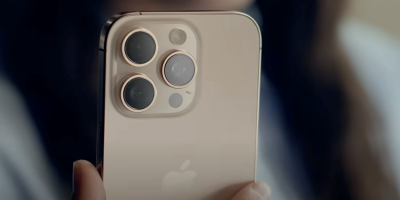
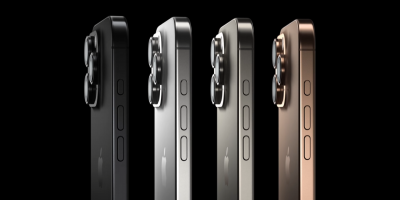
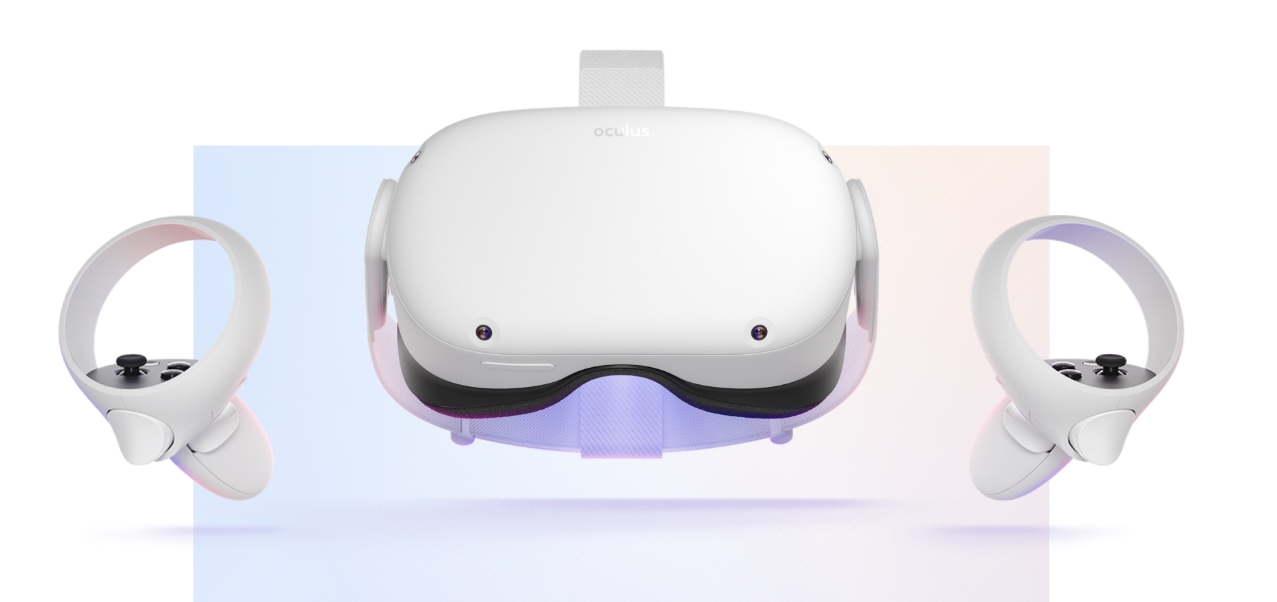
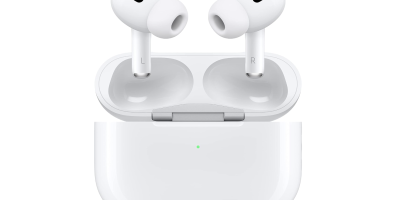
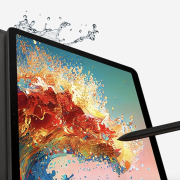
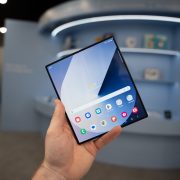
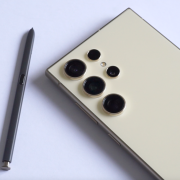

Comments